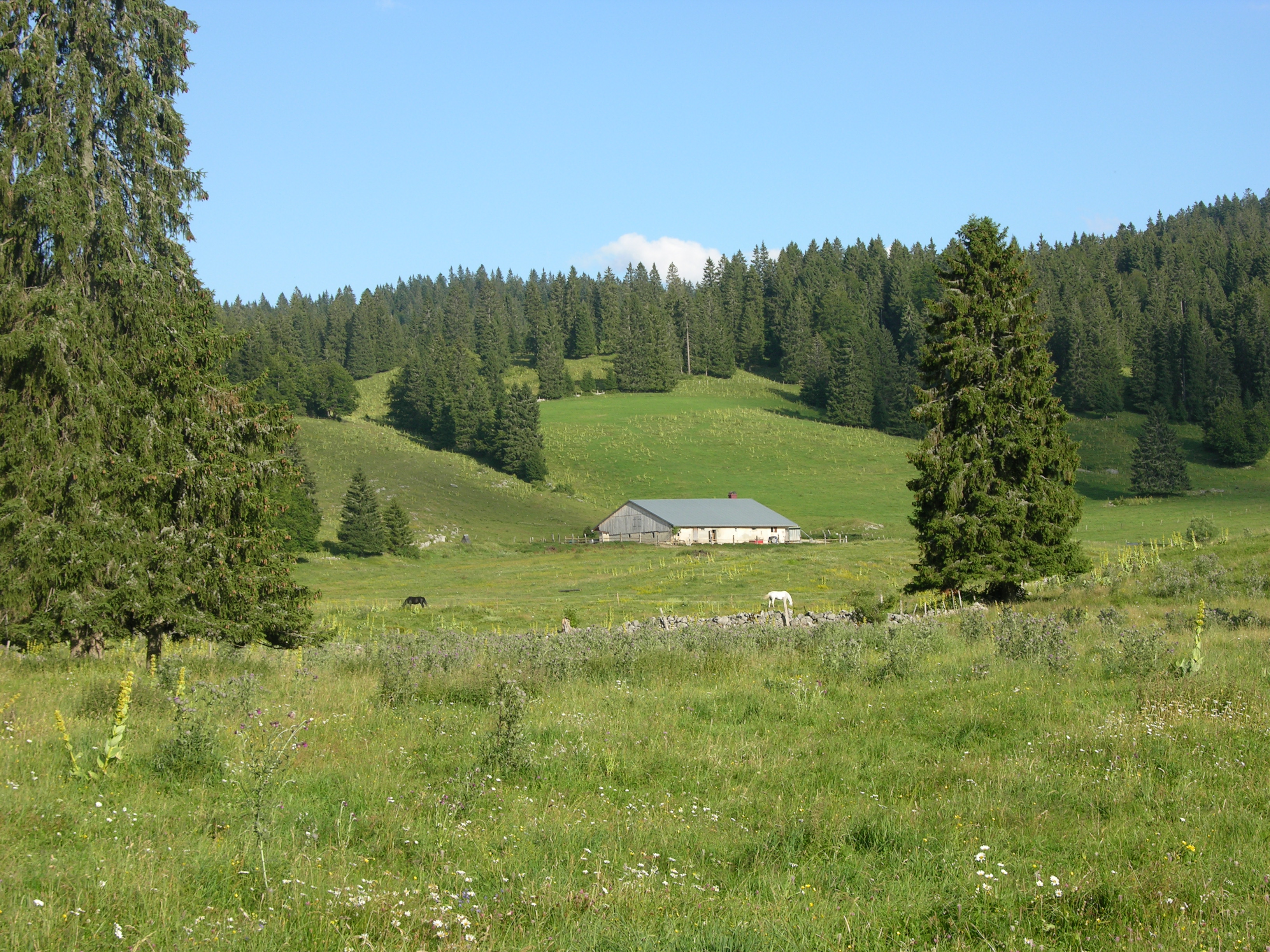
Chez Mimi
8 points of interest
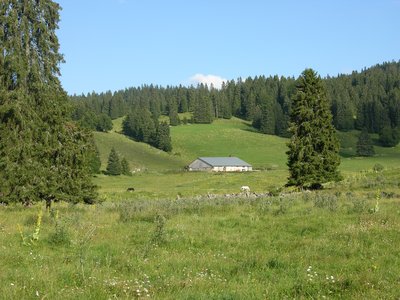
Combe de la bâtie - PNRHJ / Gilles Prost History & HeritageOn a discovery of the "les bâties" trail
Eight markers are scattered along this trail to help you to discover the typical mountain pastures of the Jura mountain, moulded over time by nature and human activity. From geology to mountain pastures, to its pastures and chalets, whilst passing through forests, woodlands and low dry-stone walls, this circuit takes you, step-by step, on a discovery of the secrets of this Sensitive Natural Area of the Département of the Doubs (booklet available at the Tourist Office and at the Chez Liadet gîte).
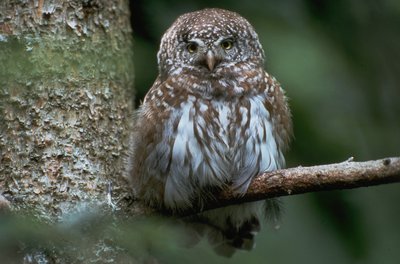
Chevêchette d'Europe - PNRHJ / Claude Nardin FaunaThe Eurasian Pygmy Owl, a small mountain owl
Measuring only 17 cm (like a starling), this species is the smallest owl in Europe. It appreciated old spruce or fir tree forests, mixed with deciduous trees and uses the cavities dug by other birds, such as woodpeckers, to lay its eggs. This owl is partly diurnal (it is active during the day), and mainly feeds on small birds and mammals (vole, field mice, etc.).
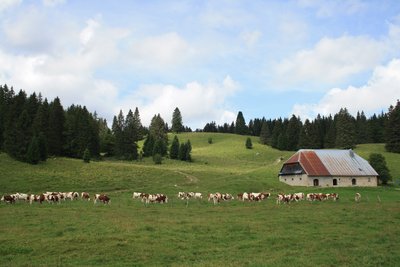
Chalet des bâties - PNRHJ / Marion Brunel History & HeritageThe Summer Chalets
During the 16th century, to accommodate livestock during the summer, offer housing to the shepherd and the cheese-maker and to ensure the production of Comté cheese, solid chalets were built with all necessary equipment to handle livestock and transform milk into butter and cheese. They housed large stables, a small home and a room to make cheese, where the pot was suspended under the chimney. Today, some of these chalets have kept their pastoral function, by accommodating livestock, whilst others have disappeared or now serve as shelters, restaurants, holiday homes, etc.
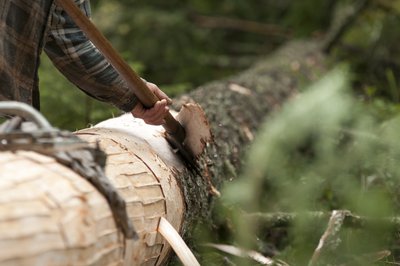
Sanglier - PNRHJ / Benjamin Beecker Know-howTraces of a “sanglier”?
Under the bark of spruce trunks is where the sanglier’s raw material can be found. But not the animal (sanglier means wild boar in French)! The Sanglier is the less-wary artisan who bears the same name. From the inner bark, the Sanglier creates “Sangles”, long straps that are used to wrap a certain cheese: the Vacherin Mont d’Or (a cheese with a protection designation of origin). It is these “sangles” that will give the cheese its characteristic woody flavour.
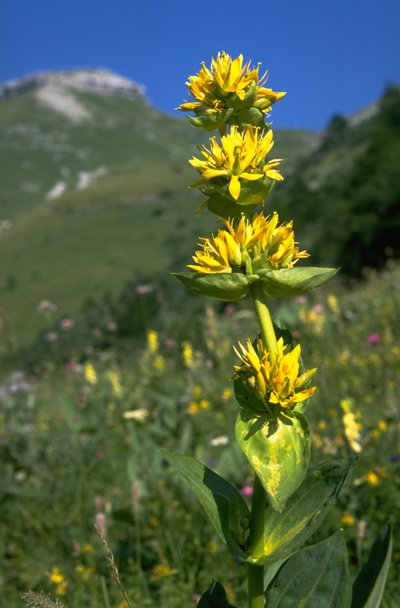
Gentiane jaune - PNRHJ / Jean Claude Marchand FloraThe great yellow gentian or the false helleborine?
Did you know? The false helleborine, a toxic plant, closely resembles the great yellow gentian. When not in flower, you can differentiate them by comparing their leaves: those of the gentian are opposite (facing each other on the stem), while those of the false helleborine are alternate (i.e, they are positioned alternately). The gentian’s roots, when macerated and distilled, can serve to make a well-known digestive alcohol.
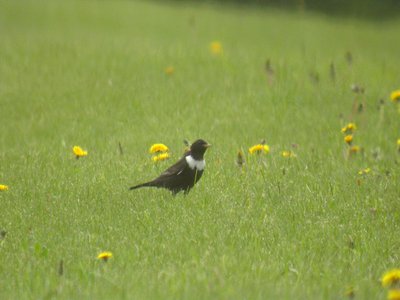
Merle à plastron - Fabrice Croset FaunaThe ring ouzel
This large white-breasted thrush returns to the Jura in April after spending the winter in North Africa. It favours wooded meadows and woodlands. In mountain pastures, it can be found looking for worms to feed on when the snow starts to melt, in areas still wet from ice water.
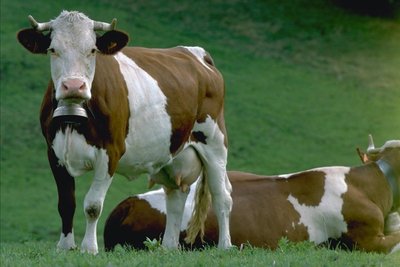
Montbéliardes - PNRHJ / Gilles Prost Pastoralism and agriculturePastures and bell-wearing herds
In the High-Doubs as in the High Jura, the ringing of bells represents both a rite and the love of musical harmony. And each cow has its own bell! With the sound of the bells, and from this infinite variety, comes the music of an entire herd. The “désalpe”, which used to mark the descent of the mountain herds, could be heard 5 km away as the crow flies helped by favourable winds. The deafening sound of the heavy bells around the cows’ necks marked the end of the summer. An audio marker in our landscapes, the soft sound of the bells will give a rhythm to your steps along this itinerary.
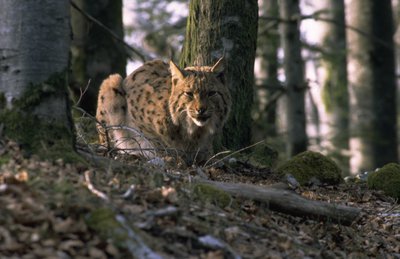
Lynx boréal - PNRHJ / Claude Le Pennec FaunaThe Eurasian lynx
This emblematic feline needs a vast territory with a large forest massif. It certainly needs space: the female’s territory is close to 200 km²n and that of a male is closer to 400 km²! A solitary animal, male and female lynx only meet during mating season, from February to April.
Description
From the parking lot in the CHEZ LIADET hamlet, this walk starts (yellow and blue waymarking) slow through a road that winds through the combe, heading past the Plaine Chez Liadet and continuing until the intersection at les Bâties. The trail then branches off to the left on a wide gravel road before coming to la Bâtie-Dessus.
Going past the chalet, the trail continues for 500 m before turning left and entering a forest that soon leads to a large clearing.
The trail leaves the main path, taking a grassy path to the left, in the middle of a wooded meadow, towards Chez Bougaud.
To the left of the house, at the trail's highest point (1155m), a gravel road heads downhill to the bottom of a combe bordered by closed pastures. In the dip, at the intersection of several paths, the circuit heads left and reaches the Chez Greset mountain chalet.
In front of the chalet, to the left, after 500 m a good path will lead you to the intersection at Chez Mimi. The path continues to the left for a few meters, before heading downwards to the right on a wide path through the forest leading to Plaine Chez Liadet, and your starting point.
- Departure : Chez Liadet near Mouthe
- Arrival : Chez Liadet near Mouthe
- Towns crossed : Mouthe
Forecast
Sensitive areas
Western capercaillie
- Impacted practices:
- , Land-based
- Sensitivity periods:
- JanFebMarAprMayJunDec
- Contact:
Recommandations
This trail passes through the Sensitive Natural Area of les Bâties. It passes through private property pastures with livestock and forest paths. To respect the owners and farmers granting you passage, and for the security of livestock and wild fauna, we ask that you remain on the waymarked paths. Use the adapted passageways to get across fencing and be sure to close gateways behind you. Lastly, please keep your dog on a lead if you have one.
Wild flowers are beautiful, they may be rare and protected and often wilt quickly. Do not pick them! They will delight the next hikers.
In case of forest works (felling, skidding, etc.), for your safety, know when to stop and turn around.
Information desks
Tourist information centre - Val de Mouthe
3 bis rue de la Varée, 25240 Mouthe
Transport
To visit and get about in the High-Jura, visit www.reshaut-jura.fr, the eco-mobility portal listing all means of transport within the Park.
Access and parking
Parking :
Report a problem or an error
If you have found an error on this page or if you have noticed any problems during your hike, please report them to us here:
